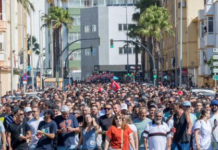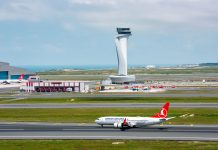Vietnam, a Southeast Asian gem, beckons with its beautiful cities, stunning landscapes, and wealthy culture. But selecting the perfect time to go to could make all of the difference. Here’s a breakdown from travel experts on one of the best (and worst) times to explore this fascinating country.
Sun Seekers Paradise: November to April
Pros
This dry season boasts nice temperatures, perfect for beach getaways in Nha Trang, Phu Quoc, or Da Nang. Sunshine dominates, ideal for sightseeing in Hanoi, Hoi An, and Ho Chi Minh City.
Cons
Peak season means higher prices and bigger crowds at popular destinations. Consider booking flights and accommodation prematurely.
Shoulder Season Shoulder Shuffle: May, June, September, and October
Pros
Enjoy a sweet spot between seasons. You might encounter some rain showers, but overall, the weather is usually nice. Hotel rates dip barely, and tourist crowds are thinner in comparison with peak season.
Cons
Be prepared for unpredictable weather patterns – pack for each sunshine and rain. Some attractions may need limited hours in the course of the shoulder seasons.
Monsoon Season: July and August

Pros
If you’re on a good budget, that is the time to search out one of the best deals on flights and hotels. There are many apartments in Saigon equivalent to the Oakwood Residence Saigon which can be perfect stays during this era. Fewer crowds offer a more intimate travel experience. Lush landscapes come alive with the exotic green of the rainy season.
Cons
Be prepared for frequent downpours that may disrupt travel plans. Some outdoor activities could be unavailable. Humidity levels will be quite high.
Final Tip
No matter the season, Vietnam offers a singular and unforgettable experience. Do your research based on the precise regions you intend to go to and pack accordingly!
Escape the ordinary and discover the extraordinary! From bustling cities to serene landscapes, every journey begins with a single step—let us guide yours. Enjoy curated itineraries, hidden gems, and hassle-free bookings designed for explorers at heart. Whether it's a weekend getaway or a globe-trotting adventure, your Next unforgettable experience is just a click away.










